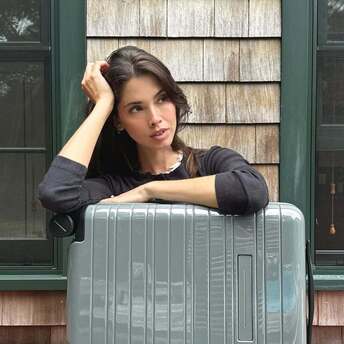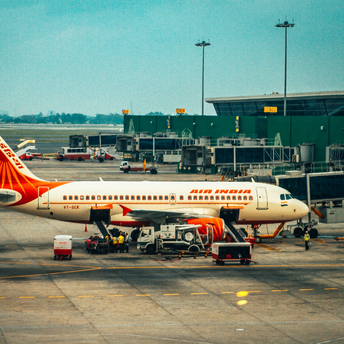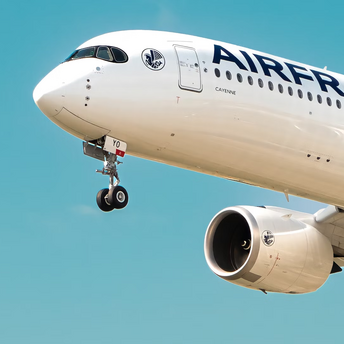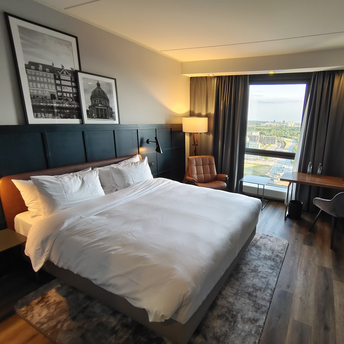Munich Airport Speeds Up Security with New CT Scanners
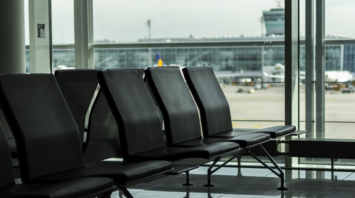
Terminal 2 at Munich Airport has undergone a significant transformation with the introduction of state-of-the-art computed tomography (CT) scanners at its central security checkpoint. After three years of phased construction, 15 fully modernized screening lanes are now in operation, launched by the Southern Bavarian Aviation Authority just ahead of the Easter holiday rush. This upgrade reflects broader work within the airport to modernize passenger pathway and security.
CT technology makes screening more convenient because passengers will be able to keep their laptops and liquids inside their hand baggage. Up to four travelers can now have their bags scanned simultaneously, helping to prevent congestion during peak travel hours. The scanners are able to self identify threats such as explosives, thus they provide a much more secure method and also take less burden in examination from security personnel. This dual benefit enhances both efficiency and accuracy at checkpoints.
The changes are more than technical—they reshape the overall airport experience. Waiting in long lines or having to repack luggage after inspection has long been a source of stress for many. With the new system, the process is less intrusive and more predictable, which is especially valuable for families, elderly passengers, and frequent flyers. The use of 3D imaging also reduces the likelihood of manual bag checks, speeding up the screening for everyone.
In the coming months, Munich Airport plans to open two more specialized lanes in Terminal 2 tailored for travelers with reduced mobility and those flying with young children. Modernization of Terminal 1 is also planned for completion prior to summer/2026. That is part of €45 million investment by the Free State of Bavaria in strengthening the airports role as a top European gateway.
The introduction of CT scanners signifies a meaningful shift in how air travel is experienced. It decreases the mental and physical friction of travel that airport security usually entails for passengers. Less time in line means more time to relax before boarding, and a smoother process supports greater punctuality for flights. Munich’s adoption of this technology reflects a growing global trend toward smarter, passenger-centered airport design.
